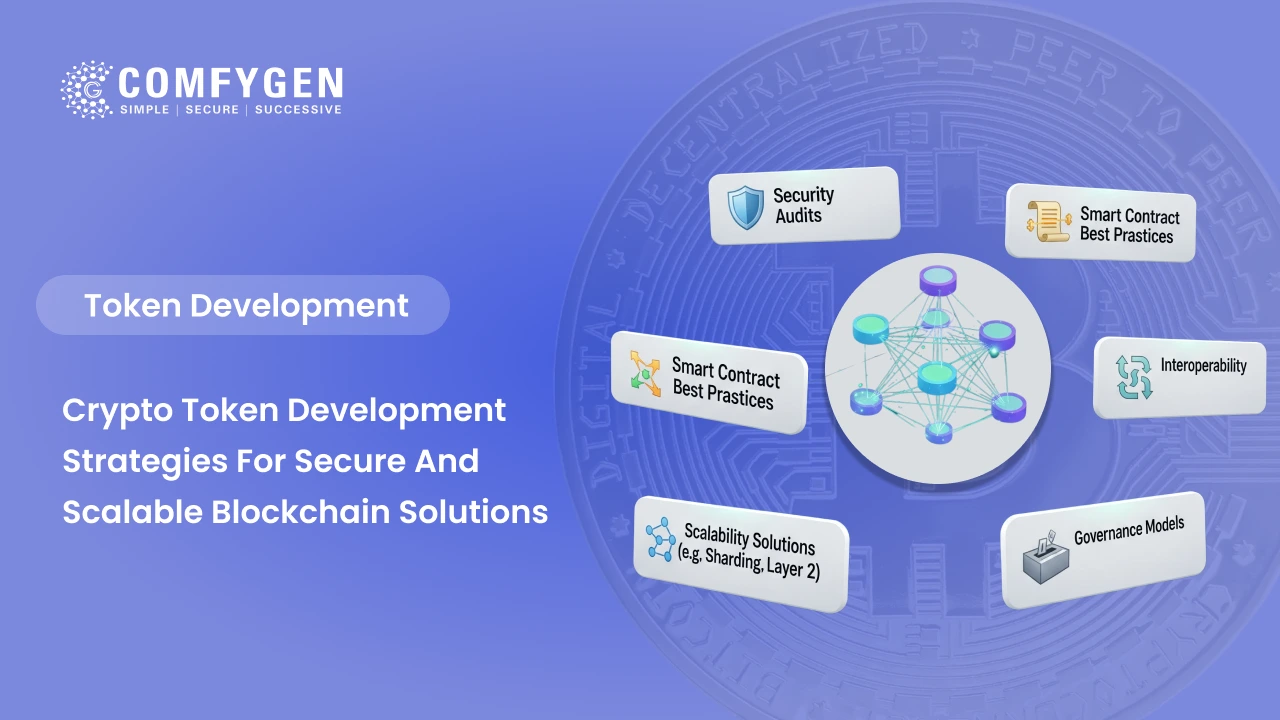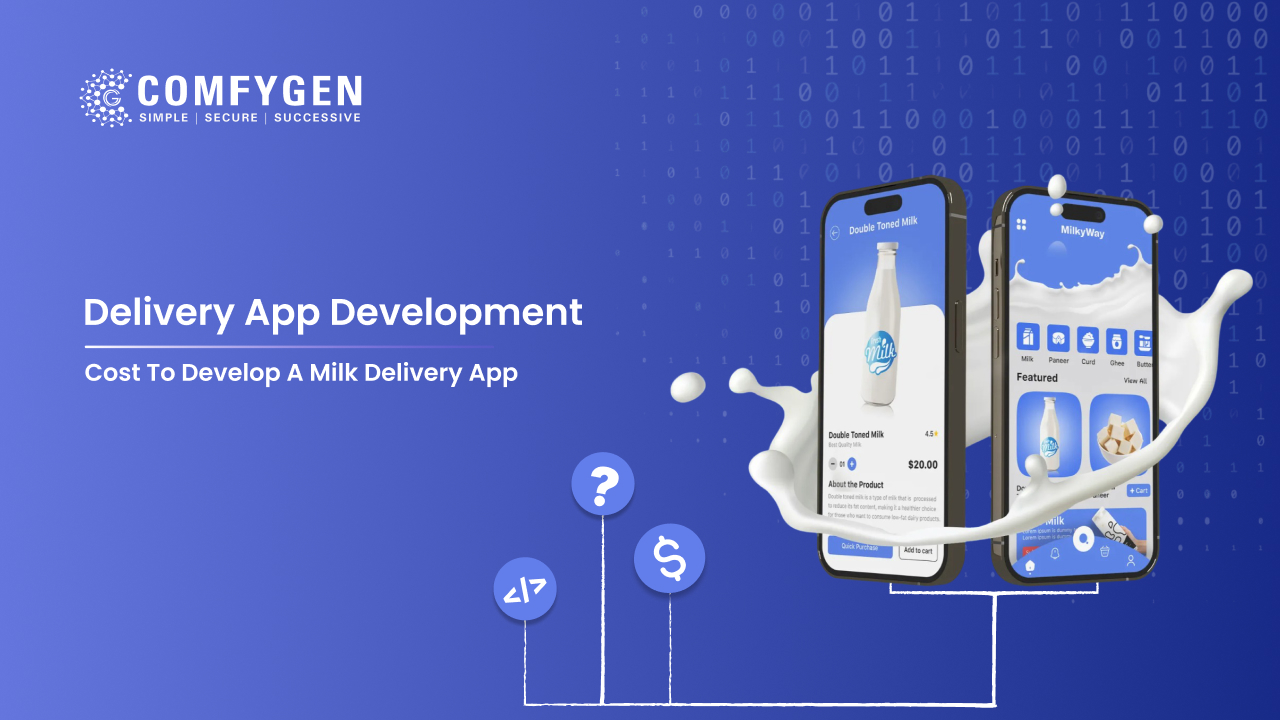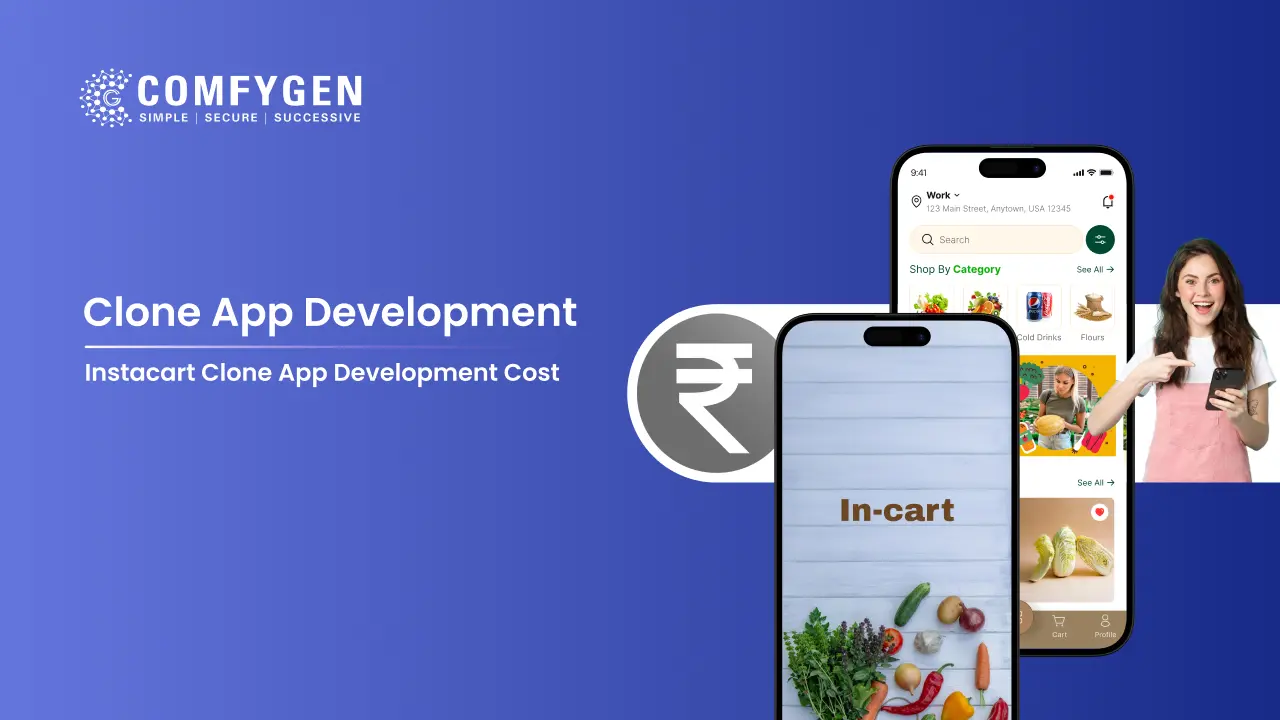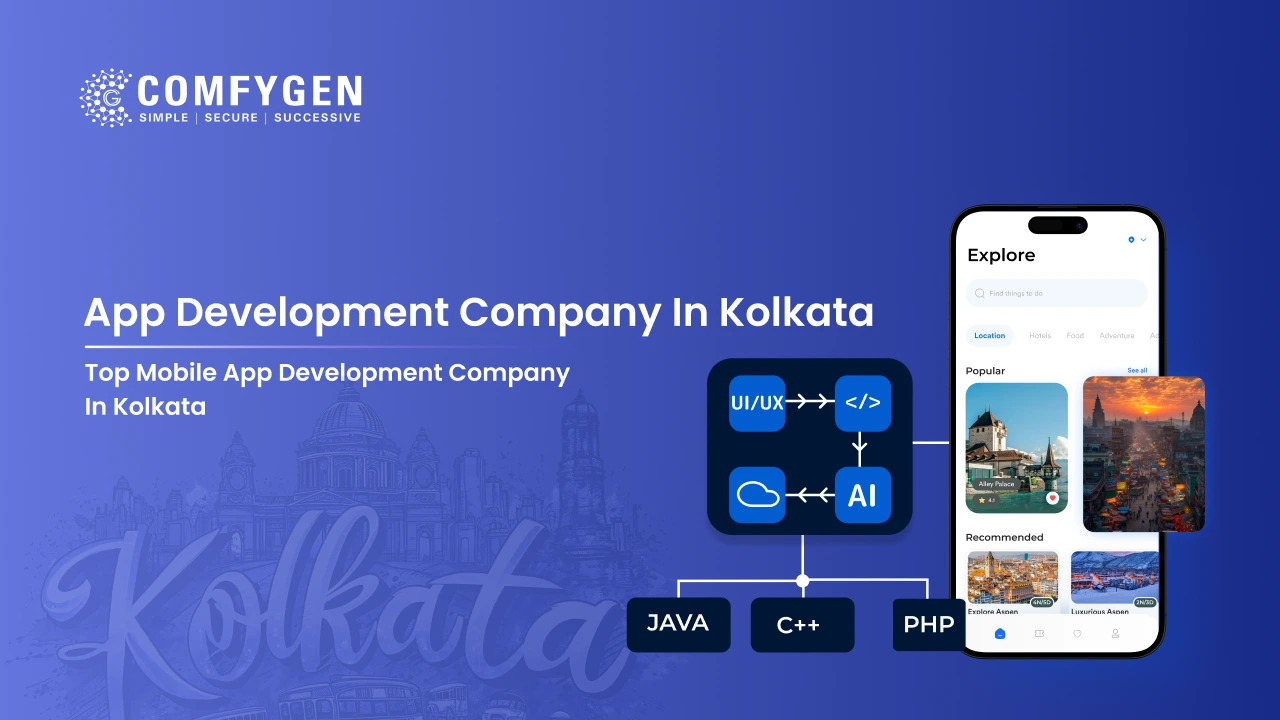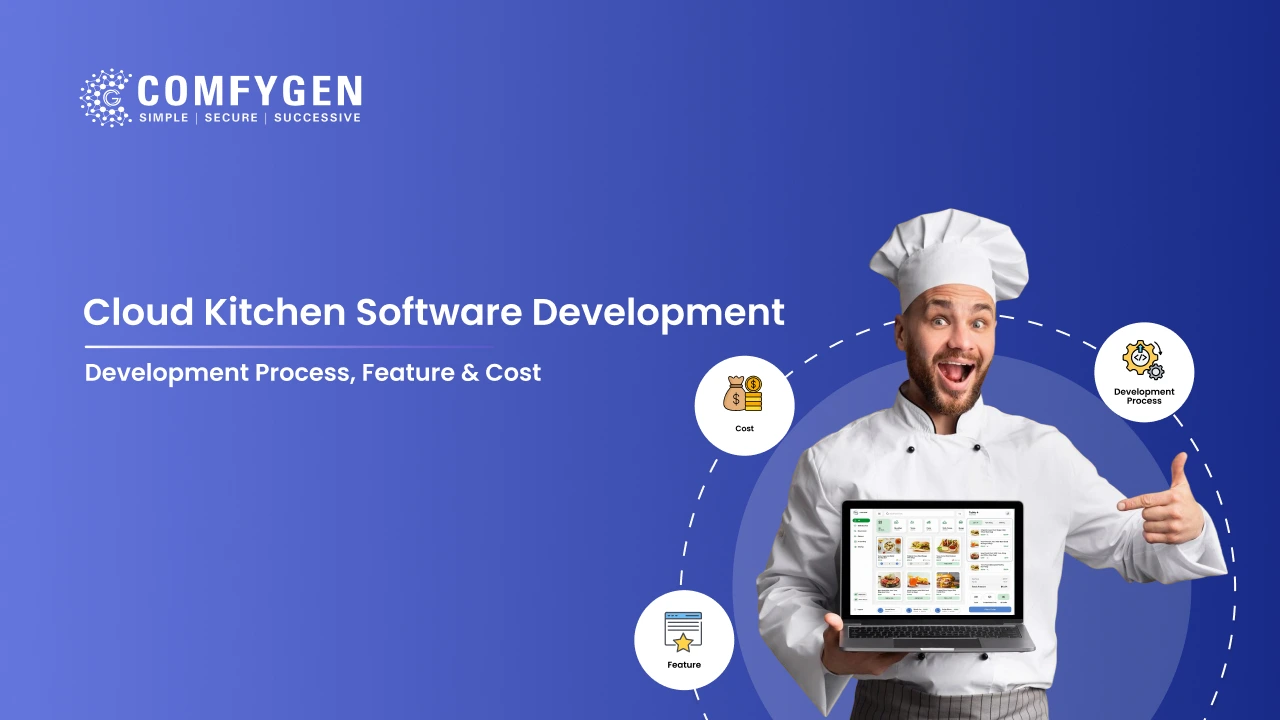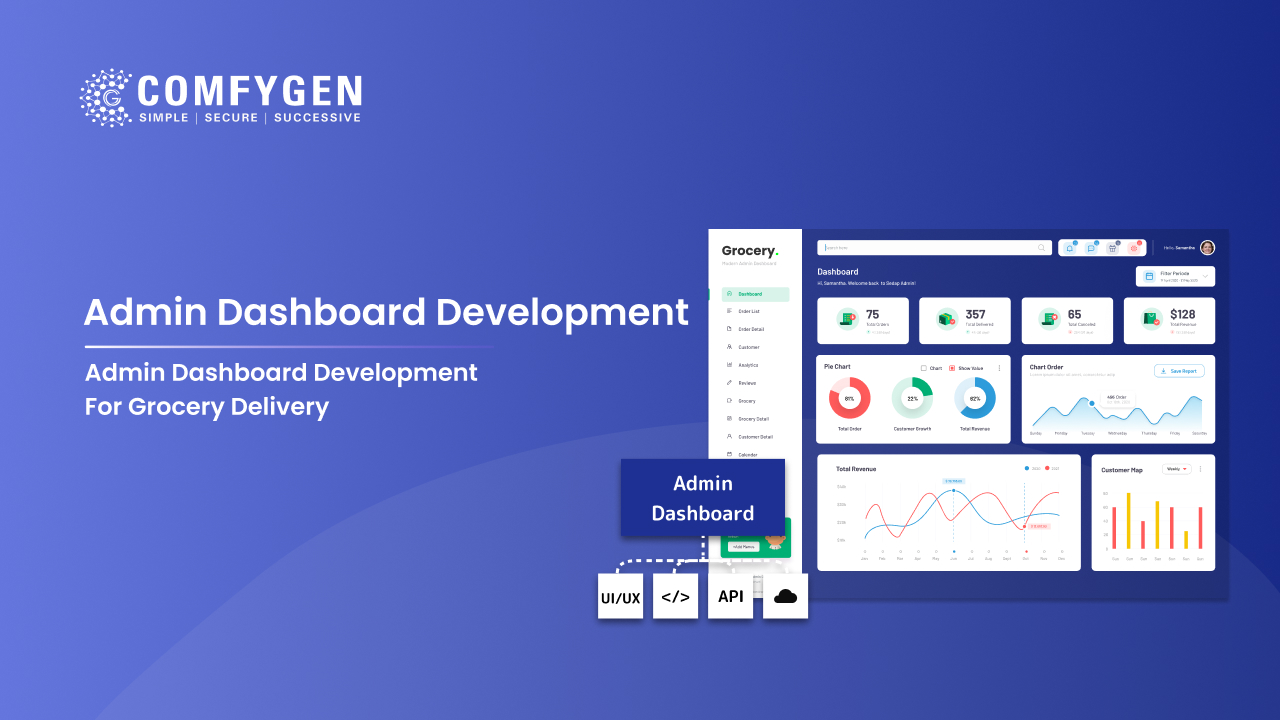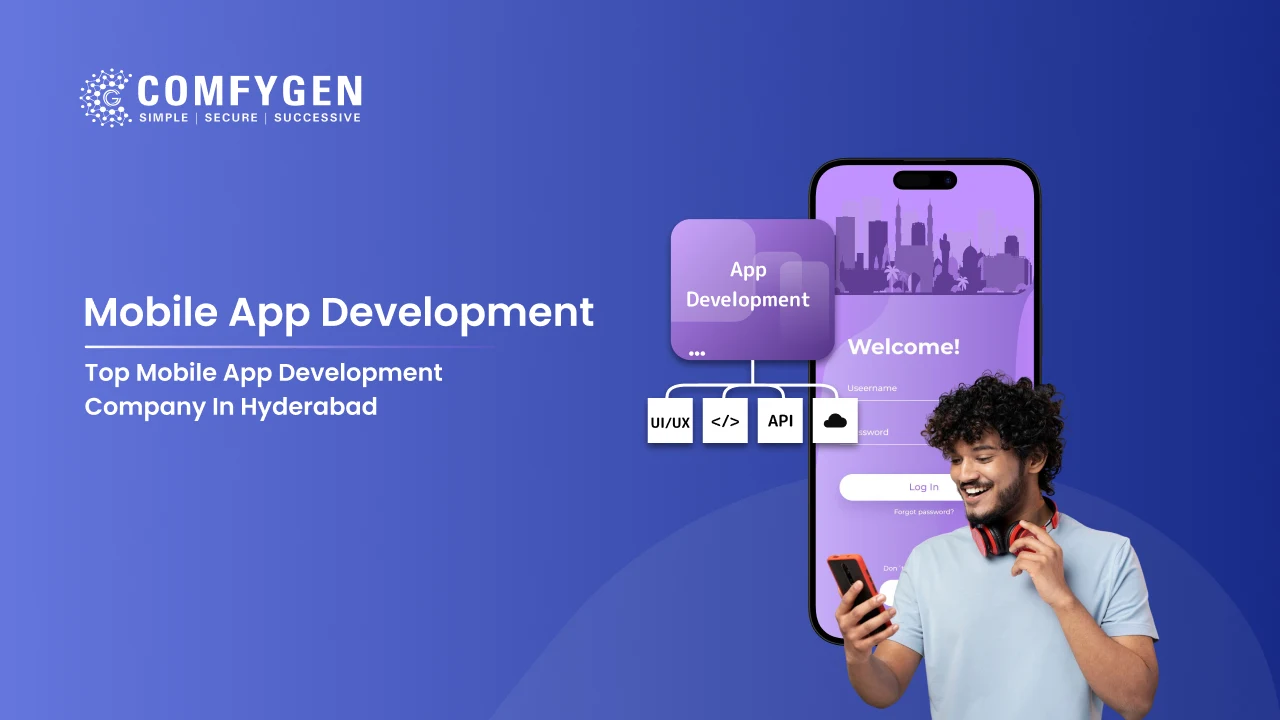Crypto Token Development Strategies for Secure and Scalable Blockchain Solutions
Crypto token development involves creating digital assets on blockchain networks that represent value, utility, or ownership within decentralized systems. These tokens can be used for various purposes, including fundraising, governance, access to services, or representing physical assets. It is a technical process that requires expertise in blockchain development, smart contracts, and security to build tokens that are scalable and compliant with industry standards.
Many businesses and developers use tokens to innovate in finance, entertainment, supply chains, and more. With popular blockchain platforms like Ethereum, Solana, and Polygon, tailored token development services have become essential for launching reliable and secure tokens.
Top Blockchain development Company used this process by offering customizable solutions developed to meet specific industry needs, to make sure that tokens deliver value while integrating seamlessly into broader blockchain ecosystems.
What Is Crypto Token Development?
Crypto token development is the process of developing and launching tokens on existing blockchain networks like Ethereum or Polygon. These tokens represent assets, rights, or utilities and are governed by programmable smart contracts.
Crypto token development involves creating digital assets that work on blockchain technology. It requires defining the token’s role, coding its smart contract, and deciding its economic rules. This process results in tokens that can represent various assets or utilities within decentralized ecosystems.
Types of Crypto Tokens
Tokens are generally divided into three main categories: utility tokens, security tokens, and governance tokens.
- Utility tokens provide access to a product or service within a platform.
- Security tokens represent investment contracts or ownership stakes.
- Governance tokens enable holders to influence protocol decisions.
Tokens can be fungible or non-fungible. Fungible tokens are interchangeable, and non-fungible tokens (NFTs) represent unique digital assets.
Choosing the right type affects the token’s legal status, use cases, and blockchain standards. This decision shapes its development process and target audience.
Crypto Token Development Process
Crypto token development requires planning and strategic decisions in many areas. These include understanding the project’s specific needs, designing token properties, and choosing the appropriate blockchain platform. Each step plays an important role in creating the token’s functionality and success.
Requirement Analysis
Requirement analysis defines the token’s core purpose and functionality. It starts with identifying the problem the token intends to solve or the ecosystem it will support. This involves specifying use cases, such as payment, governance, utility, or asset representation.
Token Design Planning
Token design planning outlines the token’s technical and economic structure. Developers decide on token standards like ERC-20 for fungible tokens or ERC-721 for NFTs on Ethereum. Tokenomics, including distribution, inflation, and incentives, must align with the project’s goals.
Blockchain Platform Selection
Choosing the blockchain platform impacts the token’s scalability, cost, and ecosystem compatibility. Ethereum remains popular for its wide adoption and toolsets, but has higher gas fees. Alternatives like Binance Smart Chain, Solana, or Polygon offer faster transactions and lower costs.
Popular Blockchain Platforms for Crypto Token Development
Blockchain platforms dominate the landscape for creating crypto tokens due to their robust ecosystems, developer support, and smart contract capabilities. Each platform has its unique features catering to different needs like scalability, cost efficiency, and security.
Ethereum
Ethereum remains the widely used platform for token development. It introduced the ERC-20 token standard, which is the foundation for most crypto tokens today. Ethereum token development companies and extensive documentation help facilitate robust smart contract creation.
Polygon
Polygon acts as a Layer 2 scaling solution to Ethereum, providing faster and cheaper transactions without sacrificing security. Developers use Polygon to overcome Ethereum’s congestion and high gas fees.
It supports Ethereum-compatible smart contracts, which simplifies development and migration. Polygon’s architecture includes sidechains and built-in tools to enhance scalability, making it suitable for projects requiring high throughput and lower costs while staying within Ethereum’s ecosystem.
What to build a crypto token that actually
works for your goals?
Contact Now
Technical Components of Crypto Token Development
Creating a crypto token requires precise coding and adherence to established blockchain protocols. Key technical elements include designing the token’s underlying smart contracts and selecting the appropriate token standards to ensure compatibility and security.
Smart Contract Development
Smart contracts are self-executing code that defines the token’s rules and behavior on the blockchain. Developing a smart contract involves writing code that governs token issuance, transfers, and any special functions like minting or burning tokens.
Security is critical in this phase. The contract must undergo rigorous testing and audits to prevent vulnerabilities that could be exploited. Common languages used include Solidity for Ethereum-based tokens, favoring security and efficiency.
Token Standards Implementation
Token standards are rules that help tokens work seamlessly with wallets, exchanges, and other blockchain apps. Commonly used standards include ERC-20 for general tokens and ERC-721 or ERC-1155 for unique tokens (such as NFTs). Each standard has its way of handling transfers, approvals, and data. Choosing the right standard depends on how the token will be used. Following these standards makes tokens easy to use, secure, and compatible with blockchain systems.
Security Considerations in Crypto Token Development
Ensuring a crypto token’s security requires rigorous analysis and proactive defenses. Developers must address potential flaws in the token’s code and architecture to prevent exploits and protect users’ assets effectively.
Smart Contract Auditing
Smart contract auditing is essential to identify coding errors and logical flaws before deployment. Auditors analyze the contract’s source code line by line, checking for vulnerabilities such as reentrancy attacks, integer overflows, and unauthorized access points.
This process typically involves both automated tools and manual reviews. Automated tools scan for common bugs rapidly, while manual audits uncover complex logical issues that tools might miss.
Audit reports should clearly outline detected vulnerabilities, their severity, and recommended fixes. Following audits, developers must apply corrections and often undergo a second review to verify all issues are resolved.
Vulnerability Assessments
Vulnerability assessments focus on the broader infrastructure surrounding token contracts, examining external risks like phishing attempts and blockchain interaction weaknesses. This includes reviewing integration points such as wallets, APIs, and smart contract dependencies.
Security teams simulate attacks to test the token’s resilience and monitor standard behaviors under unusual conditions. They track common threat vectors like front-running, denial of service (DoS), and malicious contract calls.
Regular reassessments are necessary since new threats emerge over time. Tokens with continuous monitoring programs stand a better chance against evolving attack techniques.
Best Practices for Secure Coding
Secure coding starts with adherence to well-established development guidelines designed to minimize exploitable mistakes. Developers should use tested libraries and frameworks known for robust security features.
Implementing strict access controls, validating all inputs, and managing gas consumption predictably can prevent common errors. Clear documentation and version control also help maintain transparency and traceability.
Code should be modular and simple enough to facilitate audits. Incorporating automatic testing, including unit and integration tests, improves reliability by catching faults early in the development cycle.
Crypto Token Development and Distribution
Token deployment involves launching a smart contract on a blockchain that defines the token’s rules, supply, and functions. Distribution determines how the tokens reach holders, balancing growth, compliance, and network effects. Effective execution requires careful planning around launch timing, allocation models, and exchange strategies.
Mainnet Launch
Launching a token on the mainnet means that its smart contract is deployed on a live blockchain such as Ethereum or Binance Smart Chain. This is preceded by thorough testing on the testnet to ensure that there are no errors or security issues. Once the contract is launched, its address is confirmed and trading of the token can begin. Developers often associate the launch with a marketing or community event to attract more attention. After the launch, it is important to monitor the contract so that any glitch or hack can be caught quickly. It is also important to conduct a security audit before this to reduce the risk.
Token Allocation Strategies
Token allocation defines how tokens are distributed among stakeholders: founders, investors, the community, and ecosystem partners. Common models include private sales, public sales, airdrops, and vesting schedules.
Allocation often follows a structure like this:
| Category | Percentage | Notes |
| Founders & Team | 15-25% | Subject to vesting over months |
| Private Investors | 20-30% | Early supporters with locked tokens |
| Public Sale | 10-20% | Open to community participation |
| Airdrops | 5-10% | Used to incentivize early users |
| Ecosystem & Reserves | 20-30% | For partnerships and future needs |
This structure helps maintain token value and encourages long-term commitment. Vesting is crucial to prevent sudden market dumps. Legal compliance in allocation is also essential to avoid regulatory issues.
Listing on Crypto Exchanges
Listing a Crypto Token Development on an exchange makes it easier to buy and sell it. To do this, the project has to prepare some legal documents, go through some necessary checks, and meet technical requirements. Centralized exchanges (CEX) usually charge listing fees and have strict regulations, while listing on decentralized exchanges (DEX) like Uniswap or PancakeSwap is easier but requires sufficient liquidity. Many projects first list on a DEX to start trading, then move to a CEX later to reach more people. Listing on an exchange gives the token more recognition, but its price can change rapidly. Keeping in constant contact with the exchange and following their rules helps keep trading stable.
Future Trends in Crypto Token Development
In 2025, token development will be more focused on security, using strong encryption and decentralized identity to build trust and follow rules. New laws guide the way tokens are created, which gives large investors a feeling of safety. User experience is also important, where simple and mobile-friendly designs are being used instead of complex apps, so that more people can easily use tokens. AI tokens and fair token launches are growing, which shows that new technology and transparency are making token markets fairer and better.
| Key Trends | Description |
| Security-first approach | Multi-layered encryption, decentralized IDs |
| Regulatory alignment | Compliance with updated legal standards |
| User-centric design | Mobile-first, simplified interfaces |
| AI and fair token offerings | Transparent and advanced token structures |
| Utility-driven tokens | Real-world applications and deflationary models |
Conclusion
Crypto token development isn’t just about writing smart contracts—it’s about launching something that holds real value in a competitive, fast-moving space. Every step, from choosing the right blockchain to securing your code, shapes how your token performs in the real world.
At Comfygen, we help turn ambitious ideas into secure, scalable, and market-ready crypto assets. If you’re building for the long term, let’s get it right from the start.

Mr. Saddam Husen, (CTO)
Mr. Saddam Husen, CTO at Comfygen, is a renowned Blockchain expert and IT consultant with extensive experience in blockchain development, crypto wallets, DeFi, ICOs, and smart contracts. Passionate about digital transformation, he helps businesses harness blockchain technology’s potential, driving innovation and enhancing IT infrastructure for global success.

